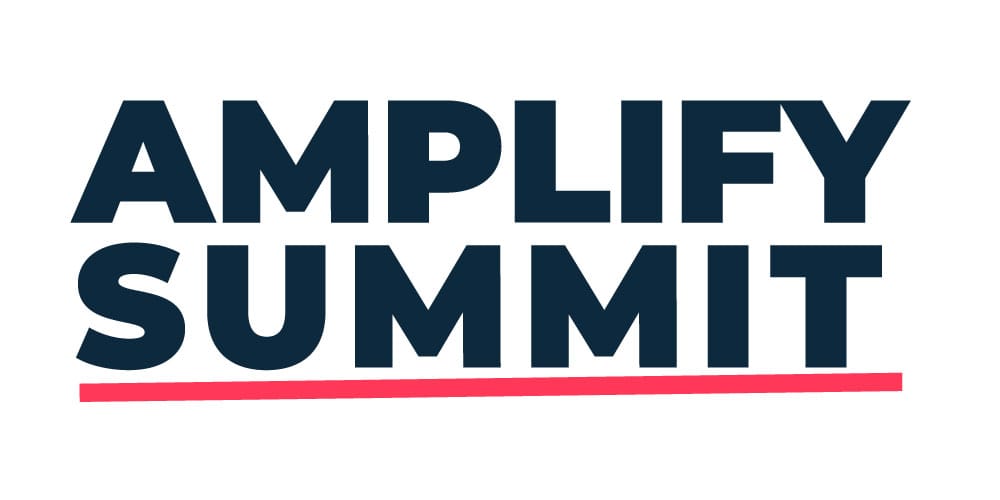Meta’s Zero Ads Subscription Could Push Prominence From the Affiliate Channel
Meta’s Zero Ads Subscription Could Push Prominence From the Affiliate Channel

Meta’s recent zero-ads subscription model offering has sent shockwaves through the digital advertising landscape – and affiliate program managers stand poised to ride the wave to future success.
The demise of programmatic and cookie-based targeting in the EU may spell doom for some, but for affiliate marketing, it’s a renaissance in the making. Forget the black box of algorithms and opaque attribution models. Performance marketing thrives on transparency, tangible results, and partnerships built on trust – all music to the ears of privacy-conscious European consumers. A recent study by Juniper Research predicts that the global affiliate marketing market will reach a staggering $18.2 billion by 2025, with the EU playing a significant role in that growth.
So, how do you, the affiliate program manager, not just weather the storm but surf the wave to level up your affiliate program growth, this year? Let’s equip you with a seaworthy strategy:
1. Double Down on Accuracy
Track every click, conversion, and sale with laser precision. Invest in robust tracking technology and data analytics to prove the ROI of your partnerships. Remember, in this new paradigm, results rule supreme. This Moonpull article covers some new tools for tracking in 2024.
2. Prioritise Performance-Based Partnerships
Move beyond vanity metrics like follower count and focus on affiliates who drive real results. Utilise revenue share and cost-per-acquisition models to incentivise partners who generate actual sales, creating a win-win for both parties. A study by Rakuten Marketing revealed that 83% of affiliate marketers prefer performance-based commission structures.
3. Cultivate Deeper Relationships
Go beyond cookie-cutter affiliate agreements. Forge strategic partnerships with influencers, content creators, and niche communities that resonate with your target audience. Build trust, offer exclusive deals, and incentivise long-term loyalty.
4. Go Micro-Influencer
Ditch the mega-influencer hype and tap into the power of micro-influencers. With engaged, niche communities and higher trust rates, they offer better engagement and conversion potential, as evident in a study by Influencer Marketing Hub, which found that micro-influencers generate 6.7x higher engagement than macro-influencers.
5. Embrace Cross-Border Collaboration
The EU may be the initial battleground, but the ripple effect is undeniable. Hone your international marketing skills and partner with global affiliates to tap into new markets and niche audiences.
6. Keep Your Finger on the Pulse
Stay ahead of the curve by staying informed about evolving privacy regulations and consumer preferences. Adaptability is your greatest weapon in this dynamic landscape. But navigating this uncharted territory alone can be daunting.
7. Partner with people in the know!
That’s where agencies and network partnerships come in. Make sure your suppliers are helping you build and scale successful affiliate programs based on evidence and expertise. Ask whether they understand the nuances of performance marketing, the intricacies of influencer partnerships, and the complexities of international scaling. In this new era of transparency and trust-based marketing you’ll need to seek outside support to grow your program partnerships and finding the right partner to do that can be tricky.























![The Best Time to Post on Instagram in 2024 [For Every Scenario]](https://www.wordstream.com/wp-content/uploads/2023/08/Best-time-to-post-on-Instagram-sprout-social.jpg)


















